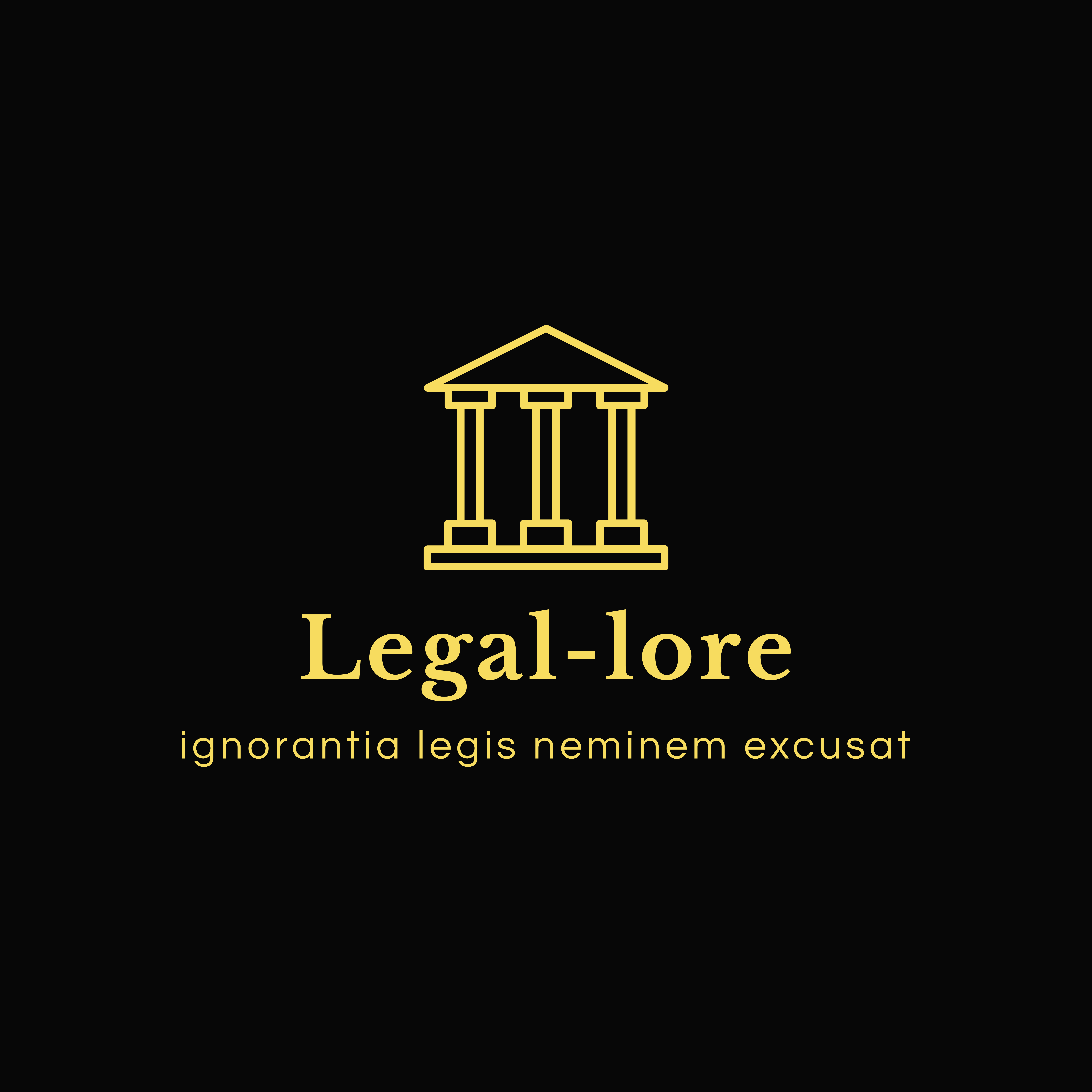I. C. Golaknath Vs. State of Punjab
- Legal-lore

- Feb 7, 2022
- 4 min read
Introduction:
The concept of doctrine of basic structure of the Indian constitution started with Shankari Prasad case and evolved over time. Sajjan Singh case[1] which invoked after the Shankari prasad case[2], gave birth to two biggest cases of Constitutional history that is I.C. Golaknath v. State of Punjab and Kesavananda Bharti Vs. State of Kerala[3]. The landmark case of I.C. Golaknath is an imperative part of the basic structure doctrine. Justice Hidayatullah’s opinion that is Non – Amend-ability of Fundamental Rights was the main premise in this case.
Facts:
The family of Henry and William Golaknath were in possession of over five hundred acres of farmland in Jalandhar, Punjab. Beneath the Punjab security and Land Tenures Act, the government stated that the brothers might keep solely thirty acres each, some acres would move to tenants and therefore the rest was declared surplus. This was challenged by the family of Golaknath within the courts. Further, this case was remarked by the Supreme court in 1965. The family filed a petition beneath Article 32 against the 1953 Punjab Act on the grounds that it denied them their constitutional rights to hold their property and follow any profession which is prescribed under Article 19 (f) and (g) and to equality before the protection of the law under Article 14. They sought to own the seventeenth change that had placed the Punjab Act in ninth schedule and declared ultra vires. Golaknath Vs. State of Punjab is one of the most important landmark cases within the Indian history. With its ruling, during this case, the court developed jurisprudence around what's referred to as the belief of basic structure. The court in 1967 dominated that the Parliament cannot curtail any of the basic rights enshrined under the Indian constitution.
Issues:
A number of issues were raised in this case though, the most important issue was whether the Parliament of India has the absolute power to make an amendment to the fundamental rights that are guaranteed under Part III of the Indian Constitution?
Judgement:
The Supreme Court had the largest constitutional bench ever in this case. The ratio of the judgment delivered was 6:5 where the majority of the bench was in favour of the contentions made by the petitioners. The Chief Justice of India Subba Rao, with other justices (J.C. Shah, C.A. Vaidiyalingam, S.M. Sikri and J.M. Shelat) wrote the majority opinion in the case. Justice Hidayatullah agreed with the Chief Justice of India and wrote a separate opinion. Justices K.N. Wanchoo, G.K Mitter and Vishistha Bhargava, they all wrote single minority opinions and justices R.S. Bachawat and V. Ramaswami wrote separate minority opinions.
The majority of the bench doubted that if the Sajjan Singh case rulings remained the law of the land then a time will come when the fundamental rights adopted by the founding members of the constituent assembly will be changed through a series of amendments.
Keeping in view the problem of a casual amendment to Part III that if this continues to persist, this might result in a change of status of Democracy of India into totalitarian India. Therefore, the majority overruled the decision given in the Sajjan Singh case and Shankari Prasad case where the Parliament had the vested power to bring an amendment to even Part III of the Constitution.
It was finally held in this case that the parliament had no right to amend the fundamental rights. The fundamental rights are the most essential right of the citizens of India and it should to be kept beyond the reach of the parliamentary legislation. Thus, to save democracy, the court held that the parliament cannot amend the fundamental rights. It was also observed that the fundamental rights are the same as natural rights and is significantly important for the growth and development of the citizens.
Conclusion:
Fundamental rights are necessary for the development of human personality. According to the Constitution, the state legislatures and the parliament have the power to make laws within their respective jurisdictions. However, the power is not absolute in nature. If a law made by the legislature violates any provision of the Constitution, the Supreme Court has the power to declare it invalid, unconstitutional or ultra vires.
Parliament was given the power to amend the Constitution. Article 368 of the Constitution invokes the impression that Parliament’s amending powers are absolute. The Supreme Court with the intention of preserving the originality of the constitution, pronounced that Parliament cannot twist, damage or alter the basic features of the Constitution under the pretext of amending it. The phrase ‘basic structure’ cannot be found in the Constitution however, the apex court recognised this concept for the first time in the case of Kesavananda Bharati.
The Golaknath v state of Punjab was one of the important cases in India history. The judgement of this case came when the democracy was suffering from the “darkest decade” of India which was a very crucial time for India. The judgment basically focused on protecting the fundamental provisions which cannot be taken by anyone. I.C. Golaknath is a victory of the “rule of law” because it made it very clear that even the lawmakers are not above the law. This case reinforced the faith of the citizens that the law is supreme, not the one who makes it that is the Legislature, neither who implements it that is the Executive nor the one who interprets it that is the Judiciary.
As there is nothing perfect in this world. The same goes with the judgment of I.C. Golaknath. One of the biggest flaws in the judgement was that it granted rigidity to the constitution. Therefore, due to these intricacies in the Golaknath Case, its ruling was overruled to some extent with another landmark of Kesavananda Bharati Vs. Union of India in 1973.
This article is written by Aanchal Kothari of Amity University, Mumbai.
Opmerkingen